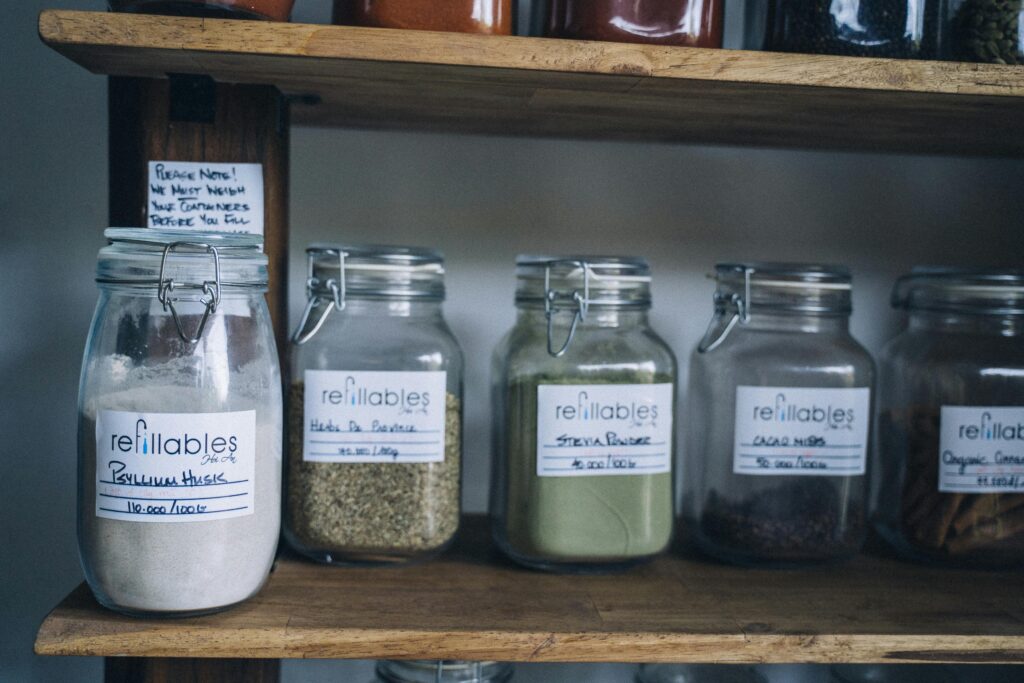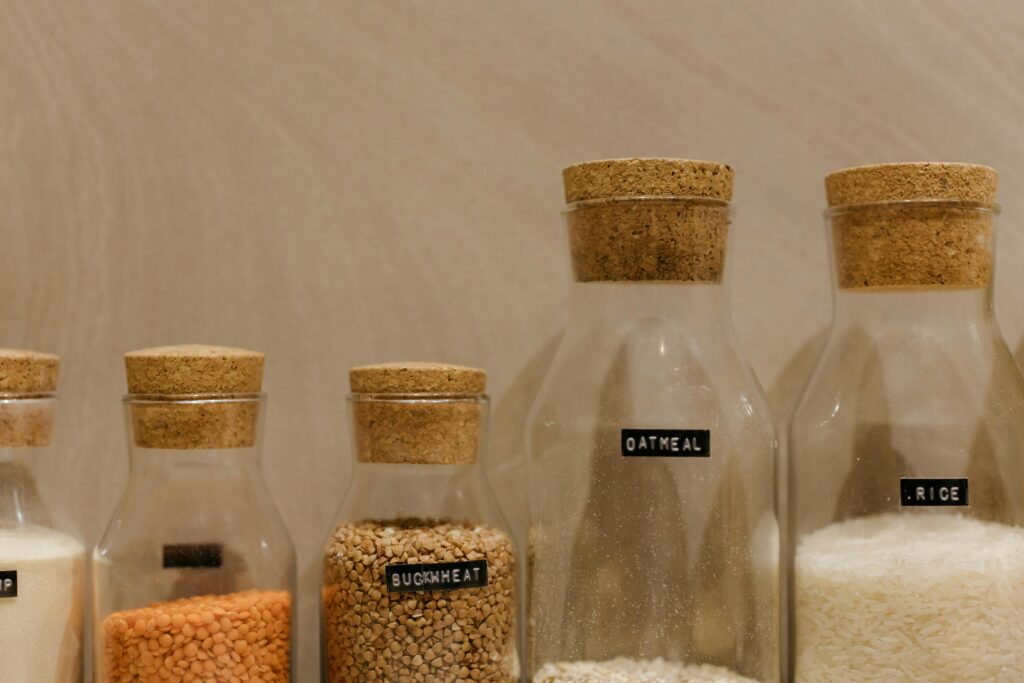Introduction
Ever stood in the grocery aisle, staring at the back of a box, feeling like you’re decoding some ancient text? Yeah, we’ve all been there. Nutrition labels can seem like gibberish, but once you learn how to read them, they become a powerful tool to take charge of your health. Let’s break it all down like pros—no science degree required!
The Anatomy of a Nutrition Label
Let’s start with the basics. A standard nutrition label includes several sections, and each part holds key clues to how healthy (or sneaky) that product really is.
Serving Size – The Foundation
Why Serving Size is Crucial
Serving size is where it all begins. Everything else on the label—calories, fat, sugar—is based on this number. If the serving size is “½ cup,” but you eat a full cup, you’re actually consuming double everything listed.
How It Tricks You
Manufacturers often set unrealistically small serving sizes to make their product seem healthier. Ever eaten a small bag of chips labeled “2 servings”? You’re not alone.
Calories – What You’re Actually Eating
Total Calories vs. Calories from Fat
Calories are the total energy you’ll get from one serving. Pay attention to where those calories come from. High calories from sugar or fat can be a red flag—especially if the rest of the nutrients are lacking.
Nutrients to Limit
These are the culprits we should keep an eye on:
Saturated Fat
Too much can lead to heart issues. Stick to under 20g per day, if possible.
Trans Fat
Avoid it like the plague. Even small amounts increase heart disease risk. Look for “0g,” and also scan the ingredient list for “partially hydrogenated oils.”
Sodium
Too much salt raises blood pressure. Aim for less than 2,300mg daily. A label with 700mg per serving? That’s already nearly a third of your daily intake!
Added Sugars
Sneaky and everywhere. These aren’t natural sugars (like those in fruit). They’re the added kind that contributes to obesity and diabetes. The lower, the better.

Nutrients to Get More Of
Not everything on a nutrition label is scary! Here are the good guys:
Fiber
Helps with digestion, keeps you full, and supports heart health. Look for 3g or more per serving.
Protein
Especially important if you’re active or watching your weight. Protein keeps you full and helps maintain muscle.
Vitamins and Minerals
Look for Vitamin D, Calcium, Iron, and Potassium—these are commonly underconsumed but vital to your health.
Understanding % Daily Value (%DV)
What Does %DV Really Mean?
%DV shows how much a nutrient in one serving contributes to your daily diet (based on a 2,000-calorie intake). It’s your quick cheat sheet.
The 5% and 20% Rule
- 5% or less = Low (good for sodium, sugar, etc.)
- 20% or more = High (great for fiber, vitamins, etc.)
Customizing DV to Your Needs
If you’re eating fewer calories (say, 1,500 a day), you’ll need to scale those numbers down.
Ingredients List – The Hidden Truth
How to Spot Red Flags
If sugar, salt, or hydrogenated oil is in the top three ingredients, think twice.
The Order Tells the Story
Ingredients are listed in descending order by weight. So if sugar is listed first—it’s not just a dash.
Ingredient Sneak Tactics by Manufacturers
Companies often use multiple names for sugar (like dextrose, maltose, cane juice) to make it appear less prominent.

Common Nutrition Label Myths Busted
Low Fat = Healthy?
Not always. Low fat doesn’t mean low sugar or high nutrients.
Zero Sugar = No Sugar?
Nope. “Zero” can still mean up to 0.5g per serving. Multiply that by how many servings you actually eat…
“Natural” = Good for You?
This term isn’t regulated. Snake venom is natural too—doesn’t mean you should eat it!
Tips to Read Labels Fast While Shopping
The 10-Second Scan Rule
Glance at calories, serving size, sugar, and fiber first. That gives you a solid snapshot.
Watch for Buzzwords and Traps
“Made with whole grains” could mean there’s just a sprinkle. Look at the ingredient list for the full picture.
Special Labels: Organic, Non-GMO, Gluten-Free
What do they mean?
- Organic = Grown without synthetic pesticides or GMOs.
- Non-GMO = Doesn’t contain genetically modified organisms.
- Gluten-Free = Free from wheat, barley, and rye—but not always healthier!
Comparing Products Like a Pro
When you’re choosing between two similar products:
- Line them up.
- Compare the same serving size.
- Look at calories, sugar, sodium, and protein.
- Choose the one with more nutrients and fewer “junk” ingredients.

Nutrition Labels for Special Diets
Diabetic-Friendly Label Reading
Focus on total carbs and fiber. High fiber = slower sugar absorption.
Keto and Low-Carb Diets
Keep total carbs under 50g/day. Watch for hidden sugars and starches.
Heart-Healthy Choices
Low sodium, low saturated fat, and high fiber. Bonus if it includes potassium!
Apps That Help Decode Labels
Not a label-reading whiz yet? Use apps like:
- Yuka
- Fooducate
- MyFitnessPal
Just scan the barcode and let the app break it all down.
Conclusion
Reading nutrition labels isn’t rocket science—it’s just a bit of practice. Once you learn the ins and outs, you’ll feel like you’ve unlocked a superpower. You’ll make smarter choices, eat cleaner, and feel more in control of your health. Next time you’re at the grocery store, flip that package around like a pro—and let the label spill its secrets.
FAQs
1. Can I trust all nutrition labels?
Generally, yes. They’re regulated. But small inaccuracies happen, so double-check ingredients.
2. How often are labels inaccurate?
It’s rare, but studies show some packaged foods can be 5–20% off. Use common sense too.
3. What’s the difference between total carbs and net carbs?
Net carbs = total carbs minus fiber and sugar alcohols. Important for keto followers.
4. Should I track calories or macros?
Both help! Calories for weight control, macros (protein, carbs, fat) for nutrition balance.
5. How do I spot added sugar on a label?
Check both “Added Sugars” under carbohydrates and scan the ingredient list for sugar aliases.

